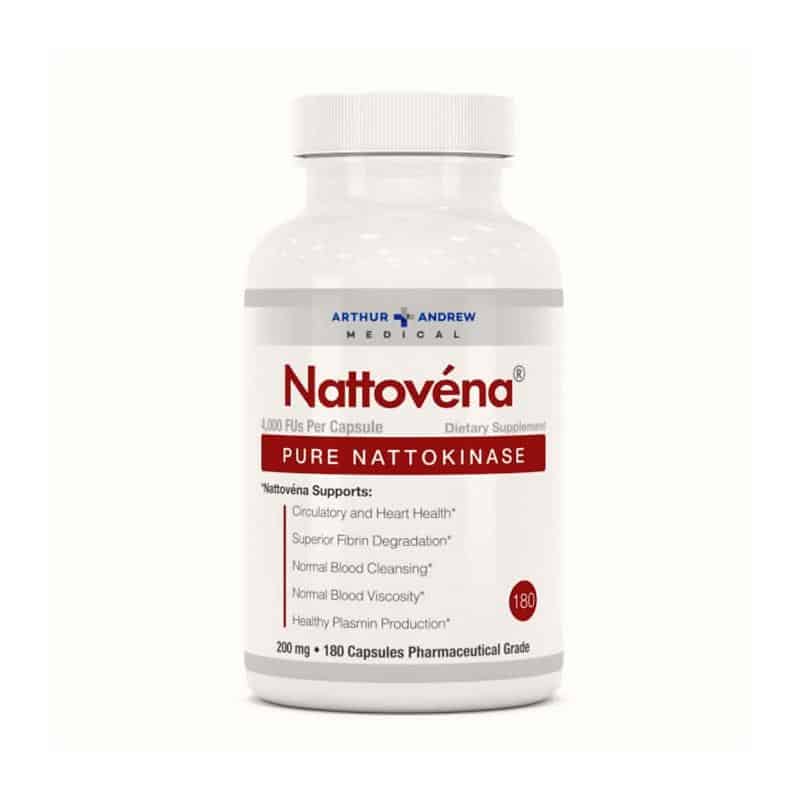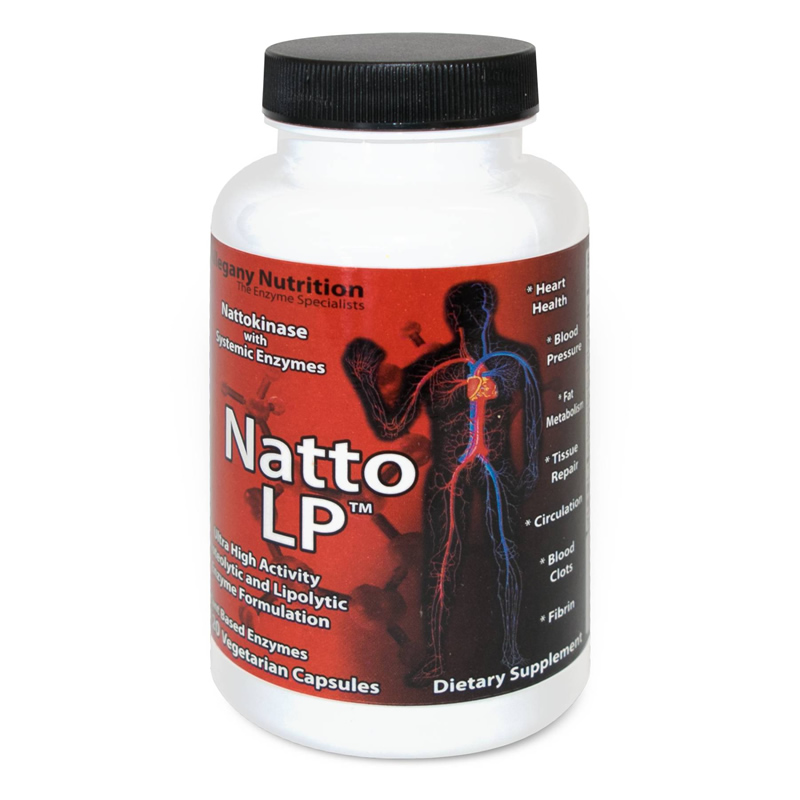No products in the cart.
Podcast: Play in new window | Download
Subscribe: Apple Podcasts | Google Podcasts | Amazon Music | Email | RSS
Soy: Fermented is Good for Us, Unfermented is NOT
Soy is a hotly debated product among those who promote and sell its nutritional value as well as consumers who eat it. The debate stems largely from the health value of non-fermented soy found in a great many processed foods in relation to those that use the much healthier alternative fermented soy. Why? Non-fermented soy products contain phytic acid, which contains anti-nutritive properties. Phytic acid binds with certain nutrients, including iron, to inhibit their absorption. This is a direct, physical effect that takes place in the digestive system. Their ability to bind is limited by the milligrams of phytic acid present.
Products using non-fermented soy include:
- Fresh green soybeans
- Whole dry soybeans
- Nuts
- Nut Milk
- Grains
- Flour
- Soy milk
- Tofu
What makes unfermented soy particularly unsafe: It’s hard to avoid soy in processed foods such as baby formula, meat substitutes, drinks and snacks. One can find it in a great many domestically-produced food products at the grocery store. Additionally, soy is sanctioned by groups like the Soy Protein Council and USDA that cite the presence of isoflavones scientists say reduces one’s risk of cancer. On the other hand, fermented soy stops the effect of phytic acid and increases the availability of isoflavones. The fermentation also creates the probiotics, the “good” bacteria the body is absolutely dependent on, such as lactobacilli, that increase the quantity, availability, digestibility and assimilation of nutrients in the body.
Products using fermented soy include:
- Natto
- Miso
- Tempeh
- Soy sauces
- Fermented tofu and soymilk
Many studies have shown traditionally fermented soy, which is the form that is very popular in many Asian cultures, aids in preventing and reducing a variety of diseases including certain forms of heart disease and cancers.
Good Foods
One such study of the culturing method involved in the production of the Japanese traditional food miso concluded the culturing process itself led to a lower number and growth rate of cancers. Researchers also found it was not the presence of any specific nutrient that was cultured along with the soyabean paste but the cultured soy medium itself that was responsible for the health benefits associated with eating miso. Miso, a fermented or probiotic form of soyabean, is particularly rich in the isoflavone aglycones, genistein and daidzein, which are believed to be cancer chemo-preventatives.
The health benefits are found to be as good with natto, according to research conducted by a Japanese scientist who found natto had the highest fibrinolytic activity among 200 foods produced worldwide. About 15 years ago, that same scientist discovered an enzyme produced in the fermentation process, nattokinase, a powerful agent contained in the sticky part of natto that dissolves blood clots that lead to heart attacks, strokes and senility. Natto also contains vitamin K2 and isophrabon, which help to prevent diseases such as osteoporosis and breast cancer and slow down the aging process.
How Do Fermented Foods Work?
Scientists have considered three different theories:
- Primary active ingredients in complex fermented soy “foods” act synergistically with secondary compounds
- Secondary compounds mitigate the undesirable side effects caused by the predominant active ingredients
- Multiple ingredients act through multiple discrete pathways to therapeutically affect the host. That allows lower concentrations of each of the botanicals or soy phytochemicals to be more efficacious when used together than when used individually
Four years ago, the World Health Organization reported the Japanese, who consume large amounts of fermented soy foods like natto and miso along with green tea, ginger and ocean herbs, have the longest lifespan of any people in the world. Unfortunately, Americans didn’t make the top 20 for lengthy lifespans, which has much to do with a Western diet that emphasizes foods that are processed and genetically altered. That could have a domino effect worldwide on the health of other cultures. Experts fear consumers in other cultures may abandon their traditional fermented foods for a more Western diet, losing healthy sources of probiotic whole food nutrition.
Well Being Journal Vol. 11, No.6, Contra Costa Times July 14, 2004







